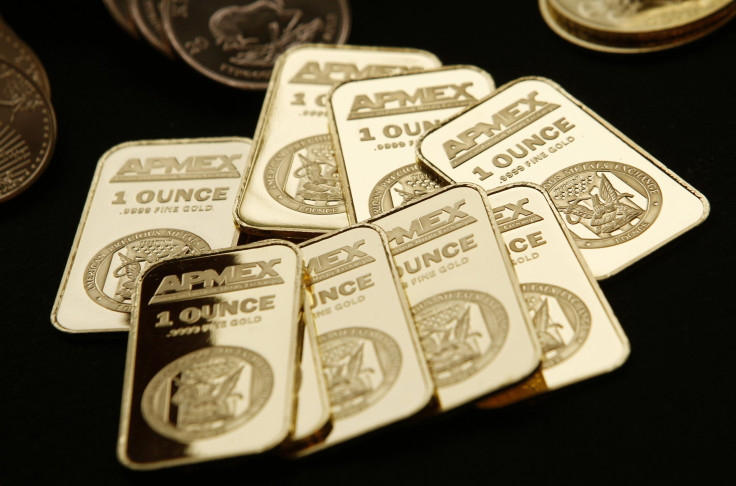Gold Prices Below $1,200 Could Mean Production Cutbacks: World Gold Council

If gold dips below $1,200 per ounce for a “sustained” period, serious production cutbacks are likely, World Gold Council representatives warned Monday.
The average industry cost of production is $1,200 per ounce, according to the council, which cited recent Thomson Reuters data. About 30 percent of the gold mining industry becomes unprofitable if prices fall below that threshold, the council estimates.
Massive capital writedowns from 2013, from the world’s largest gold miner Barrick Gold Corp. (TSE:ABX) among others, could also “impair future production for some miners,” said the council’s 2014 outlook.
The council declined to specify exactly how long prices could stay below $1,200 per ounce before significant production cutbacks appeared. But more modest production from gold miners amid heavy expenses is not a new trend, noted council managing director William Rhind.
“This is already happening. This is not something that we’re anticipating,” he told reporters in New York on Monday. “The mining industry, as of last year, is already selling assets and writing down capital.”
The council’s remarks add to existing research highlighting $1,200 per ounce as a key price threshold. Barclays PLC (LON:BARC) said earlier that gold at that price could prompt miners to hedge on gold, locking in current prices to safeguard against future declines.
Mining capital and operating budgets soared in the past decade as gold prices sailed to a peak of $1,920 per ounce in September 2011. Since then, prices have fallen and shareholders have pushed for widely welcomed cost-cutting.
Declining scrap or recycled gold supply, which fell to a five-year low in 2013, exacerbates a tight supply picture, said council investment research director Juan Carlos Artigas. Still, there’s an underlying market surplus of the metal, according to Thomson Reuters’ GFMS. That contrasts with sustained deficits for other precious metals like platinum and palladium.
Miners unwound hedging activity in 2013, or “de-hedged,” to the tune of 49 metric tons, according to GFMS. Still, there has been fresh hedging activity worth 11 tons, an activity which recalls strategies not seen widely for years.
“To date, fresh hedging in this lower price environment has remained comparatively modest,” said the precious metals consultancy GFMS in a January 2014 report. Their data is considered an industry benchmark.
Others say apparent optimism among miners may not run too deep.
“We maintain the view that net activity is likely to return to hedging this year with $1200/oz remaining a sensitive price point,” wrote Barclays PLC analysts on Monday. Official data on hedging is maintained in a global hedge book.
Industry giant Barrick reports full-year earnings on Feb. 14 and is likely to post a profit of $2.5 billion, though that's significantly down from its past three years, according to analysts polled by Reuters. Newmont Mining Corp (NYSE:NEM) and AngloGold Ashanti (JSE:ANG), two other top miners, will report on Feb. 20 and Feb. 19, though both lost more than $1 billion in the nine months ended Sept. 30, 2013. Global mine production is likely to hit 2,980 tons in 2013, up 4 percent from the year before.
Gold mines can take years to come online, up 20 years after deposits are first discovered, so the industry may take a long-term view on prices. The industry is also reportedly beset by a shortage of qualified mining engineers. The World Gold Council is an industry trade lobby whose members include major gold miners.
Although bullish bets on gold have risen recently, many Wall Street analysts remain downcast on the metal’s prospects in 2014. Goldman Sachs Group Inc. (NYSE:GS) sees gold falling to $1,050 per ounce within the next 12 months.
Gold opened at $1,242 per ounce in New York on Monday.
“There’s a real cost of getting it out of the ground. And that cost has to be accounted for. That’s not to say that prices can’t fall below the marginal cost of production. … It’s just to say there’s a sensitivity there,” said Rhind on Monday. “You’ve got a significant sensitivity there to the price.”
© Copyright IBTimes 2024. All rights reserved.












